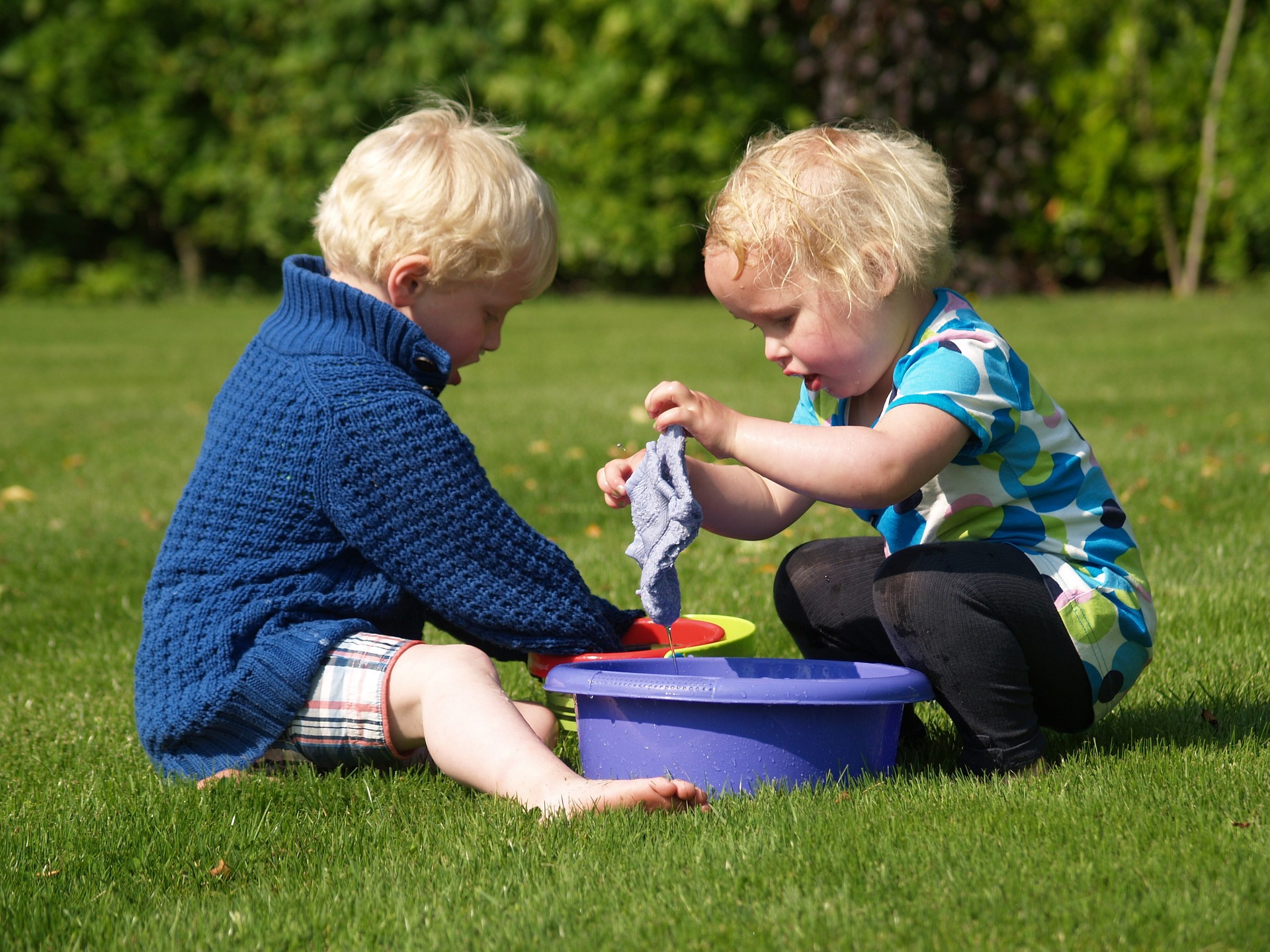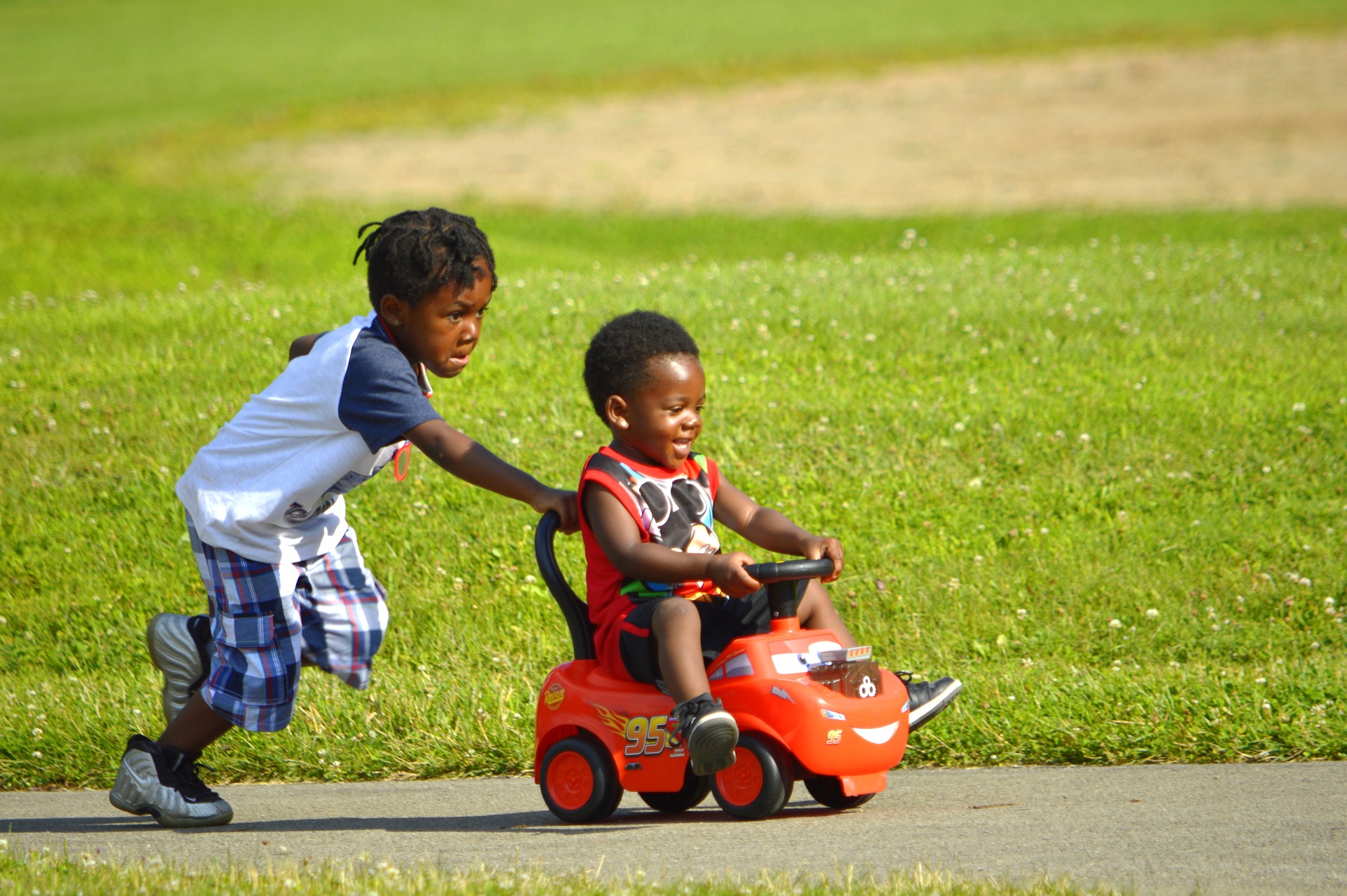Teaching and Learning Approaches
Types of play:
Child-initiated play
|
Child-initiated play is when children begin and control their activities, making choices about where and how to play, and what to play with. |


Your role is to provide time, space and resources for child-initiated play. You should provide resources in different areas of your inside and outside learning environment that give opportunities for child-initiated learning and development through playful exploration, for example in a role-play area. We call these areas and resources ‘continuous provision’. You should provide time for children to explore your continuous provision freely every day throughout the year.
Definition: Continuous provisionResources and areas of the learning environment that you provide for children to explore freely across the whole year. |
This video shows children initiating their own play and includes a reflection from a teacher about how they were able to observe and support the play:
Video transcript - Child-initiated play
You can join in with child-initiated play, but remember to take your lead from the children so they keep control of their own learning. If you start guiding children towards particular learning, the play becomes guided play.
How do I assess play?
As children perform at their highest levels during play, it is the best time to observe and assess what they can do. You can find out more about observation for assessment in ‘Assessment Guidance’.
Where can I find out more about play?
You can find more information about play in the Cambridge International resource ‘Getting started with playful learning in early years’. This includes more information about strategies to support playful learning.